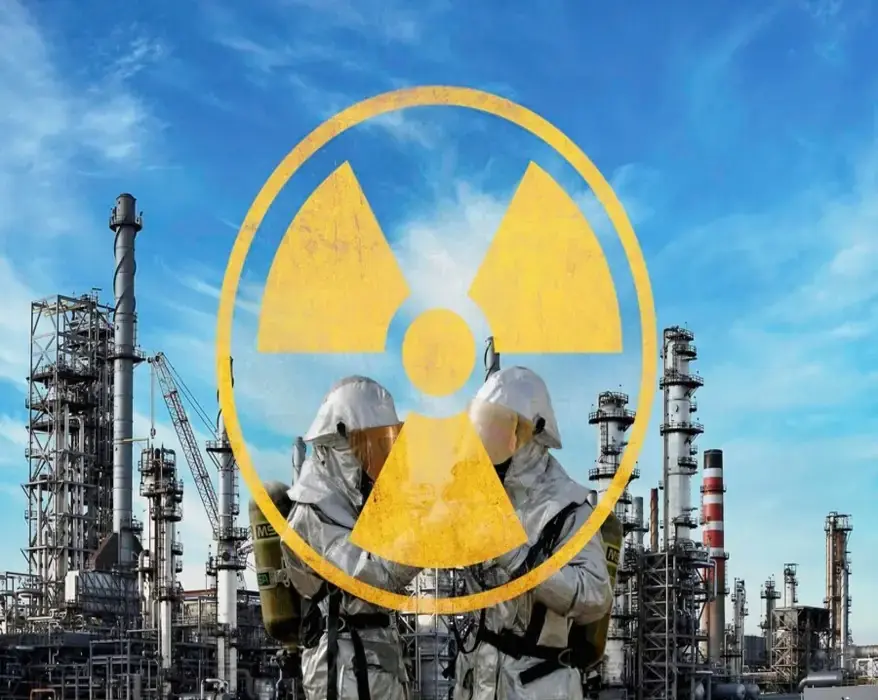Editor’s Note February 24
The Potential of Nuclear Fusion to Solve the Energy Crisis
The world is facing a pressing issue – the depletion of fossil fuels and the increasing demand for energy. With our current methods of energy production, we are not only contributing to climate change but also rapidly exhausting our limited natural resources. As a result, the search for sustainable alternatives has become more urgent than ever. Editor’s Note February 24, we delve into these urgent energy issues.
Fortunately, there is one promising solution that has been gaining significant attention in recent years—nuclear fusion. Essentially, nuclear fusion is the process of combining two or more atomic nuclei to form a heavier nucleus, which, in turn, releases an enormous amount of energy. Editor’s Note from February 24 explores this solution in depth.
Notably, this is the same process that powers the sun and other stars. Unlike nuclear fission, which is currently used in nuclear power plants, fusion offers several key advantages. Most importantly, it does not produce harmful radioactive waste or emit greenhouse gases, making it a much cleaner and more sustainable energy source. Editor’s Note: February 24 has highlighted the ongoing research on this front.
The Promise of Clean and Sustainable Energy
The potential benefits of nuclear fusion are immense. Not only could it provide us with a virtually limitless source of clean and sustainable energy, but it could also revolutionize the way we generate power. Moreover, unlike traditional energy sources, it would neither contribute to climate change nor produce hazardous waste, making it an environmentally friendly alternative.
Another key advantage is that the fuel used for fusion reactions—hydrogen isotopes deuterium and tritium—can be extracted from seawater. Since these isotopes are abundant on Earth, fusion offers a more reliable and long-term solution to energy production.
In contrast to other renewable energy sources, such as solar or wind power, nuclear fusion does not depend on weather conditions. As a result, it can produce energy consistently, ensuring a stable and uninterrupted power supply. This makes it a more reliable source of energy for our growing population’s needs.
A recent Editor’s Note on February 24 discusses recent developments in this area.

Recent Advancements in Nuclear Fusion Technology
While nuclear fusion has been under study for decades, it is only in recent years that significant advancements have been made toward making it a viable energy source. In particular, one of the most notable projects in this field is the International Thermonuclear Experimental Reactor (ITER).
This initiative is a collaboration between 35 countries, all working together to build the world’s largest fusion reactor. Furthermore, ITER represents a major step forward in the global pursuit of clean and sustainable energy solutions.
As we face an impending energy crisis and environmental concerns, nuclear fusion offers a glimmer of hope for a cleaner and more sustainable future. Let us continue supporting and promoting this technology for the benefit of our planet and future generations. The recent Editor’s note dated February 24 shed light on these advancements.






